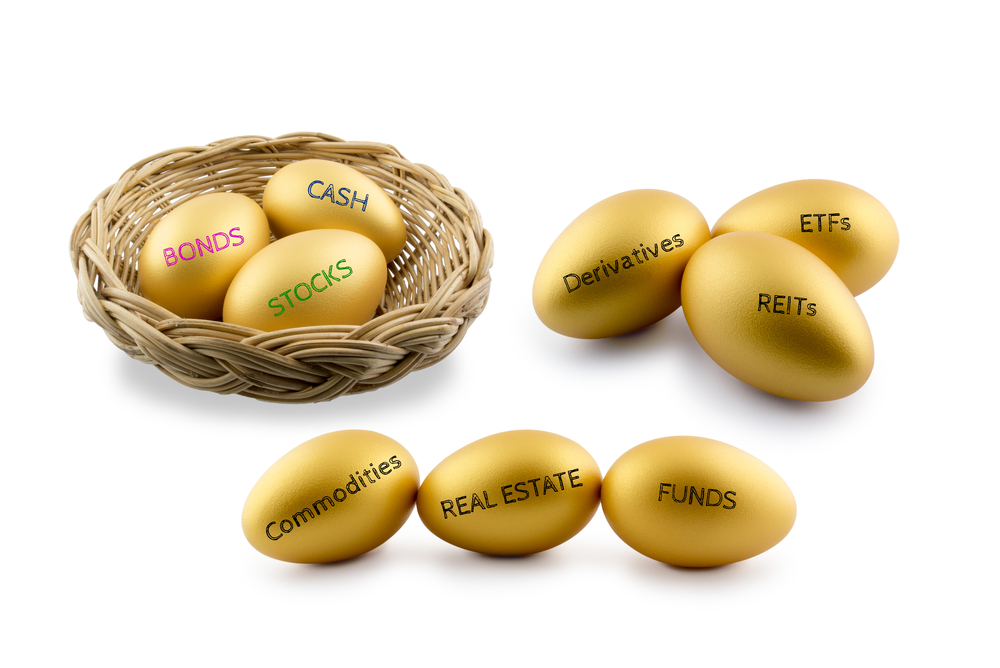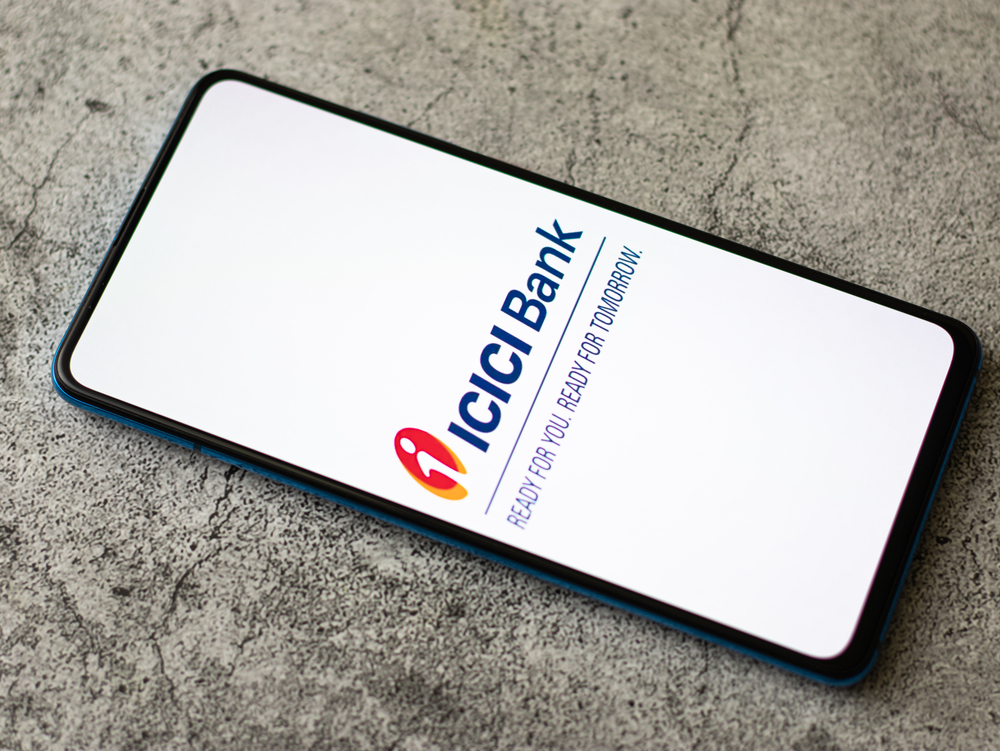Risk Calibration Cover For Volatility
Review or rebalance the entire portfolio on a six-month or a yearly basis

Asset allocation is a very important step while managing personal finance. COVID-19 has forced us to think about our money management habits. Volatility is an underline risk associated with the individual asset class. One can sail through these volatile times smoothly with the right diversification of savings into various asset classes with proper risk calibration.
Risk calibration is key for long term wealth creation: The risk calibration process can be started with the setting up of goals followed by the right mix of asset classes to achieve that goal’ based on the risk profile of the investors. We believe a disciplined approach and patience are the two important pillars for long-term wealth creation. With a disciplined approach, one can sail through the short-term volatility to achieve long term goals.
Types of asset classes: Equity, debt, gold, real estate, and fixed deposits are the major asset classes. Equity investment offers high returns but comes with high volatility or downside risk. Equity may face short-term volatility but in the long-run probability of inflation, beat returns increase. On the other hand, debt as an asset class offers consistent returns but investors need to compromise with the single-digit returns. While gold is an anti-inflation asset class, gold prices always perform positively when equity as an asset class is down. Overall, the gold investment provides a good margin of safety to the portfolio. Real estate is another favorite asset class for Indian investors, often seen that investors put most of their wealth allocation into real estate which increases the concentration risk in the portfolio with limited upside potential.
One can also geographically diversify the portfolio by investing 10-15 per cent in the overseas market to take the advantage of global equities.
Asset classes’ performance in different cycles: Returns of asset class vary in different cycles; asset allocation is a key to reduce risk and maximize returns. Further, the diversification of the asset into equity, debt, and gold is a key to maximize the returns. Historically, out of the last 17 calendar years, equity was the top performer for the eight years, gold for six years, debt for three years. However, for every equity market correction event, diversified multi-asset portfolio returns were better than equity returns, so with proper diversification, one can sail through the volatile time and manage the downside risk.
What is portfolio drawdown: A drawdown is a very important concept of portfolio investment; this is a measurement of the decline of the portfolio from peak value to bottom over some time. In 2020, the equity market saw a huge sell-off amid uncertainty grew due to pandemic. During that time, Nifty Index saw a drawdown of 38 per cent while gold and debt was down by 11 per cent/3 per cent. However, a well-diversified portfolio was able to sail through this volatile time smoothly and saw a drawdown of 18-19 per cent, which is better than the investment only in the equity class.
Portfolios with higher equity allocation had seen a higher drawdown as compared to the well-diversified portfolio. So, one needs to follow the proper asset allocation strategy to gain risk calibrated returns. Further, the pandemic has taught us the importance of health care insurance cover to protect families from any unplanned events. Another lesson is the importance of emergency funds to protect from uncertain times like job loss, medical events, etc. Ideally one can keep 6-12 months of monthly expenditure as an emergency fund to protect against any uncertain event.
At last, one needs to review or rebalance the entire portfolio on a six month or yearly basis. A portfolio review provides an opportunity to recalibrate with the initial target allocation.
The author is Head - Quantitative Equity Research at Axis Securities
DISCLAIMER: Views expressed are the author's own. Outlook Money does not necessarily subscribe to them. Outlook Money shall not be responsible for any damage caused to any person/organisation directly or indirectly.









